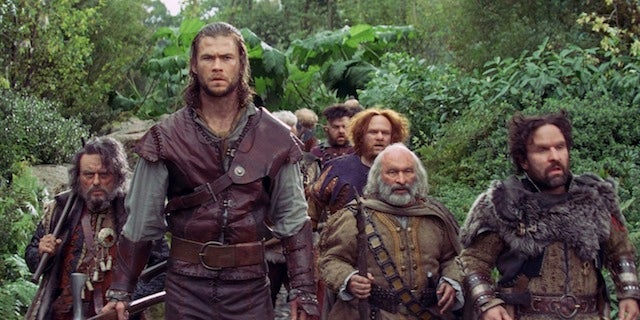

The Tolkien critic Tom Shippey concurs that it is "an anti-quest", a story of renunciation.

He notes that from Sauron's point of view, the tale is indeed a quest, and his evil Black Riders replace the traditional " errant knights seeking the holy of holies", while the Fellowship keeping the Ring from him cannot use it: thus there are multiple reversals. Miller agrees that the quest is the "most important narrative device" in the book, but adds that it is reversed from the conventional structure: the hero is not seeking a treasure, but is hoping to destroy one. He calls the quest "primary", along with the war against Sauron. West writes that the story of The Lord of the Rings is basically simple: the hobbit Frodo Baggins's quest to take the Dark Lord Sauron's Ring to Mount Doom and destroy it. Vision of the Holy Grail by William Morris, 1890 Unlike a typical quest like seeking the Holy Grail of Arthurian legend, Frodo's is to destroy an object, the One Ring. In addition, some commentators have criticised Tolkien for supposed failings in The Lord of the Rings, such as not including significant women, not being relevant to city-dwellers, not overtly showing any religion, and for racism, though others have defended Tolkien against all these charges. Out of these, Tolkien stated that the central theme is death and immortality. There is also a strong thread throughout the work of language, its sound, and its relationship to peoples and places, along with moralisation from descriptions of landscape. Tolkien, including a reversed quest, the struggle of good and evil, death and immortality, fate and free will, the danger of power, and various aspects of Christianity such as the presence of three Christ figures, for prophet, priest, and king, as well as elements like hope and redemptive suffering. Scholars and critics have identified many themes of The Lord of the Rings, a major fantasy novel by J. Academic analyses of Tolkien's ideas embodied in The Lord of the Rings


 0 kommentar(er)
0 kommentar(er)
